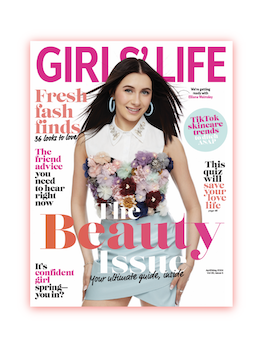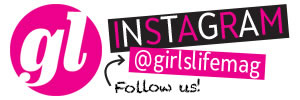STYLE
Fashion
An explanation of color theory and how it can transform your style
Ever feel like you have nothing to wear, no matter how many items of clothing sit crammed on the closet rack? Chances are, you're just a bit stumped on how to put together a bomb outfit. Well, we have the ultimate style guide that will absolutely transform your style...using color theory!
The color theory
Elementary school art class is really coming in clutch now. It's a good idea to start with the basics—a chart that illustrates the relationships between different colors.
The color wheel revolves around the three primary colors: red, yellow and blue. These primary colors can be mixed to create secondary colors: green, orange and purple. Mixing a primary color with a secondary color gives you a tertiary color: magenta, vermillion, amber, chartreuse, teal and violet.
About color theory
You can use color theory to mix and match colors to make your outfits pop. Here are three ideas to keep in mind:
1. Harmony. When you pair colors that are generally perceived as harmonious, the outfit provides an aesthetic of visual order.
2. Temperature. Just like temperatures can be warm and cool, colors can too. Warm colors, associated with sunset and daylight, include red and yellow, while cool colors, associated with shadows and moonlight, include blue and purple. Experimenting with different combinations of warm and cool colors will make your outfits a lot more interesting.
3. Context. The circumstances where the color appears are just as important as the colors themselves. For example, a sage green may seem muted against a hot pink, but when placed next to white, it suddenly stands out much more.
Color combos
There are some basic rules you can follow to create *infinitely* stylish outfits with certain color schemes.

Analogous. Analogous colors are colors that sit next to each other on the color. These colors bring a harmonious and cohesive feel, as they blend in together. Examples: Pink and red, blue and purple, green and blue.

Complementary. Complementary colors are colors directly across from each other on the color wheel. Mixing these contrasting colors makes them look more innovative and vibrant against each other. Examples: Yellow and purple, pink and green, blue and orange.

Triadic. By mixing colors that form an equilateral triangle inside the color wheel, you create a triadic color scheme. These colors are vibrant while maintaining balance. Examples: Red/yellow/blue and orange/purple/green.

Tonal. Tonal colors are different shades of the same hue, providing a color scheme that's more complex than a monochromatic one but more subtle than an analogous one. Examples: Baby pink, magenta pink and hot pink.

Monochromatic. Want to appear taller? Monochrome is the way to go. Same color head-to-toe, this color scheme is an easy way to elevate an outfit. Not only is it trendy and effortless, but it also gives a body-lengthening effect. Examples: all white, all red, all black.

Accent. This tip is a simple way to look put-together—pair an all-neutral outfit with a pop of color. This accent will be the perfect opportunity to show off a statement piece, while also making it easy to reuse neutral basics in each outfit. Examples: all cream with a blue accent.
All GIFs via GIPHY. Color wheel via closetomyheart.com. Color combos via howtowearfashion.com. Slider image @bestdressed.
Happy styling!
Did you come up with any outfits using these tips? Send them over to us on Instagram @girlslifemag!

 become a contributor
become a contributor














_copy.png)




